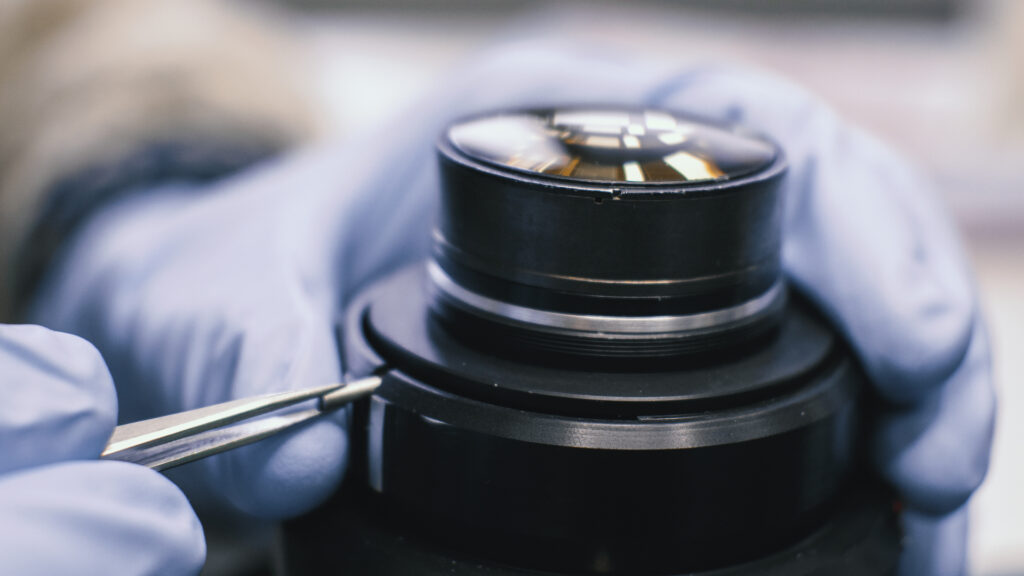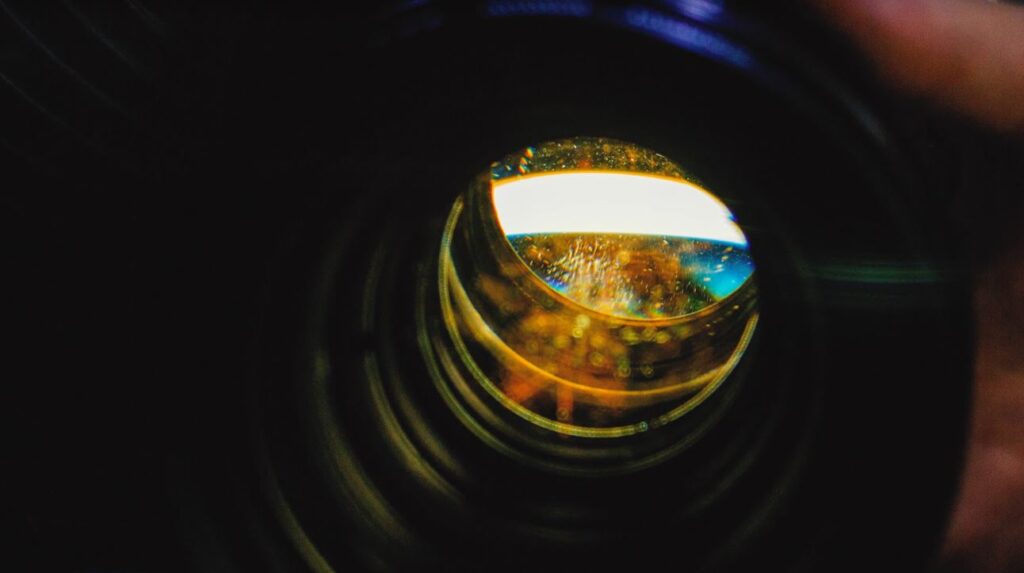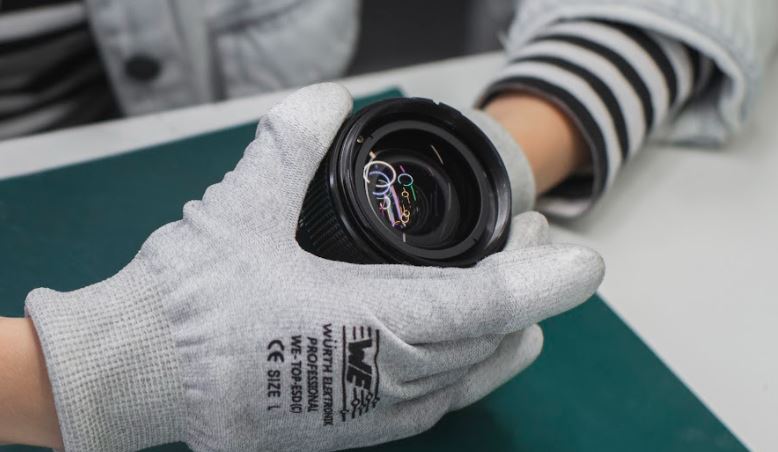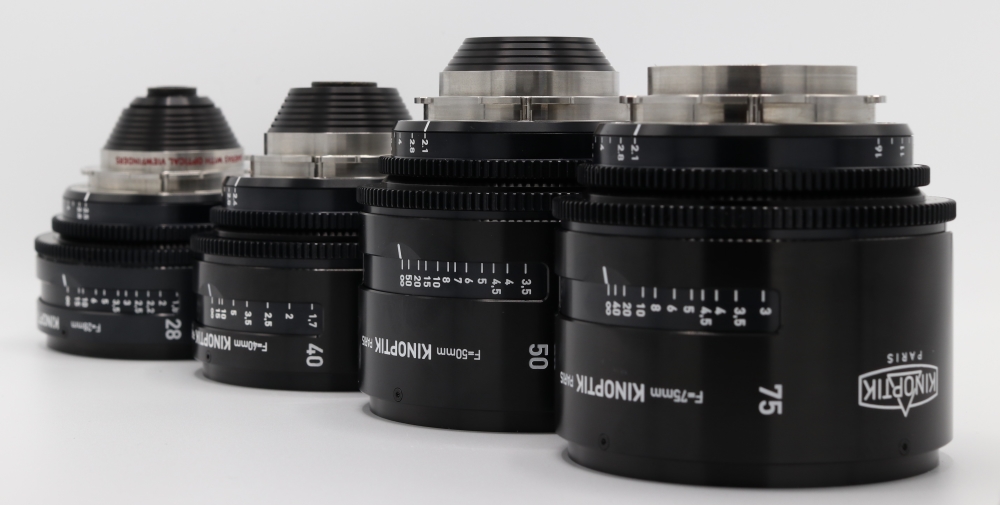A Glimpse Behind the Lens: “Westworld” and Beyond with Peter Flinckenberg

Photo from archive of Peter Flinckenberg. In the heart of the filmmaking world, some projects stand out not just because of their narrative prowess but also due to the visionaries behind the camera. One such project has recently completed its production in the UK. Behind the camera of this intriguing project was the acclaimed cinematographer, […]
Rehousing slots for 2023

Due to the huge demand for full-frame vintage cine lenses we have witnessed during the past few years, we have decided to make a step towards slot-based production. In slot-based production, we can take better control of the part supply by calculating the need for necessary parts in advance. Also, our subcontractors have the time […]
7 Tips for Buying a Lens for Rehousing

The market for Vintage-lenses has been booming last couple of years. The characteristics of old vintage lenses are fascinating, and people do want to keep the charm of those characteristics, yet use them with modern-day equipment. But where to find those old lenses, which still would be in an OK condition, and rehousable? It can […]
Journey of a Lens: Rehousing in 5 Steps

Lens rehousing is a long and skill-requiring project with a surprising number of different phases. In this article, we tell about Whitepoint Optics’ rehousing process: what kind of steps rehousing requires and what kind of challenges can arise during the project? What lens rehousing is? Lens rehousing means that an old still camera lens is […]
Top 5 Vintage Lens Rehousing Projects 2021

Demand for vintage lens rehousing has risen significantly over the last couple of years. Since the launch of W. Rehousing Services with Leica R, Canon FD and Zeiss Jena rehousing designs in 2018, we have continued to increase the catalogue extensively. Whitepoint Rehousing offers one of the widest selections of vintage lens conversions in the […]
